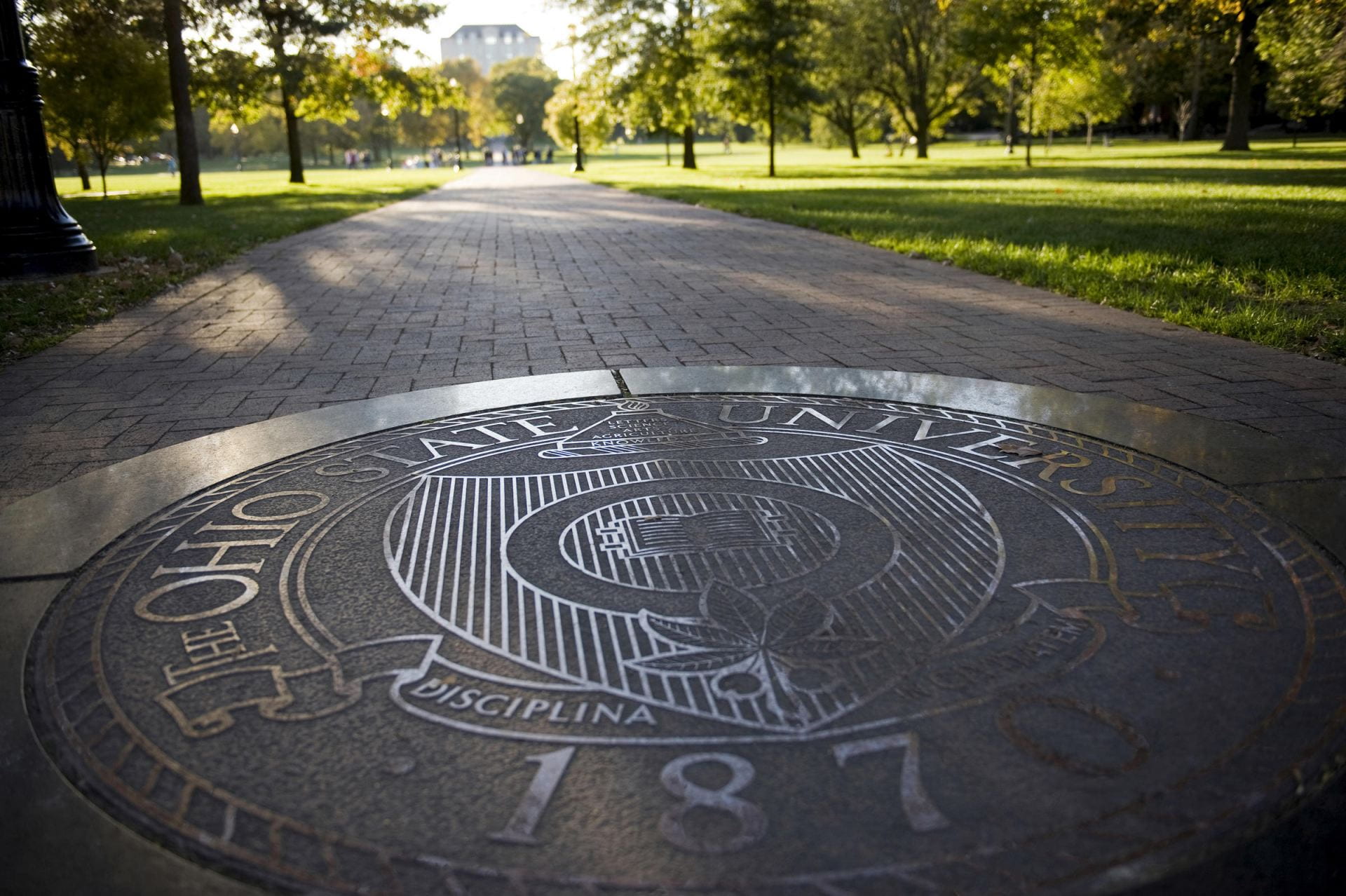
Pre-professional advisors and Graduate and Professional Admissions are available for each step of the graduate and professional school application process, from narrowing down programs to find the best fit, preparing personal statements and discovering options for funding. Credit: Lantern file photo
This story was originally published Sept. 9, 2021, and updated Sept. 28, 2022, for the Graduate School Edition.
Pre-professional advisers and staff in Graduate and Professional Admissions are available through each step of the graduate and professional school application process, from narrowing down programs to find the best fit, preparing personal statements and discovering options for funding.
“If you’re a student at Ohio State, you’re getting a firm foundation in your undergrad, and you can do anything,” Tiffany Halsell, the multicultural student initiatives director and the previous assistant director of the Office of Graduate and Professional Admissions, said. “Please always feel like you can reach out and ask questions.”
Students can research online, get in touch with current students and reach out to advisers to explore prospective programs, Halsell said. Ohio State has over 282 graduate and professional programs, adding to the many options across the nation, according to its website.
Halsell said while researching programs, students should consider alternatives to their potential field of study and consider a career they can see themselves having in their 20s and onward.
“It’s always giving yourself grace and just doing exploration and research before you apply,” Halsell said.
Katie Watkins, program director of undergraduate studies and pre-health adviser for the College of Pharmacy, said in an email she encourages students to create a spreadsheet or document with a broad list of schools they’re considering.
Students can add columns for important factors they’re considering, like GPA minimums, average standardized test scores, focus area and other pieces of information, Watkins said. When students need to select a university, she said they can use the information to scale down their list and eliminate programs that do not match up with their values and academic record.
“Remember it costs money to submit every application and for a lot of students, especially pre-med,” Watkins said. “You are probably going to apply to 15 to 20 schools, so you must start broad and narrow down.”
When applying to their chosen programs, students should always know their deadlines, Halsell said. She said most applicants should have a curriculum vitae — a description of a person’s academic credentials — or resume and three letters of recommendation with contact information.
Most graduate programs will not have an interview process, so personal statements are crucial, Chris Adams, a pre-law adviser and director of Student Services and Programming for the John Glenn College of Public Affairs, said in an email.
When an application asks for a general statement, Adams said he recommends that students divide their statements into three sections: before, during and after.
“Ultimately, the most important thing to do with a personal statement is be yourself,” Adams said. “This is your chance for the admissions committee to learn something about you that isn’t reflected in your transcripts or resume.”
Adams said the “before” should include a student’s motivations to apply for a specific program, like a class, family member or another event in their life.
The “during” part of their statement should describe what the student will do in the program and contribute to the school’s community, Adams said. This includes classes, faculty members they will work with and potential research projects.
Adams said the “after” section should focus on how the program will help a student achieve their career and personal goals.
“Try to be as specific as you can, even if you’re not totally sure of a future career path,” Adams said. “Remember, nobody will revoke your admission for changing your mind down the road, so it’s usually better to try to point to some specifics, rather than submitting a vague statement.”
Halsell said funding for doctorate programs is easier to come by than funding for graduate school, but applicants should always seek programs that offer partial funding and financial assistance like stipends. Ohio State, like many other universities, offers a multitude of scholarship and fellowship opportunities.
Another funding option that Halsell herself took advantage of is finding a place of work that sponsors a master’s program. With Ohio State’s faculty and staff tuition assistance, Halsell said she was able to receive her Ph.D. for a significantly discounted rate, paying about $100 per class, and her previous job with a utility company helped cover her master’s degree.
To offset financial burden and secure funding, students might consider applying to graduate or research assistantships, Katy Scott, a pre-law adviser for the School of Environment and Natural Resources, said in an email.
“Schools will often offer these positions and will cover all or part of your graduate school tuition as part of the assistantship,” Scott said. “And sometimes they offer stipends as well.”
Ohio State’s Graduate and Professional Admissions office will also host application assistance and overview information sessions in October and November for prospective students, according to its website.
“No question is a stupid question, because sometimes you just don’t know. We’re here for that,” Halsell said.


